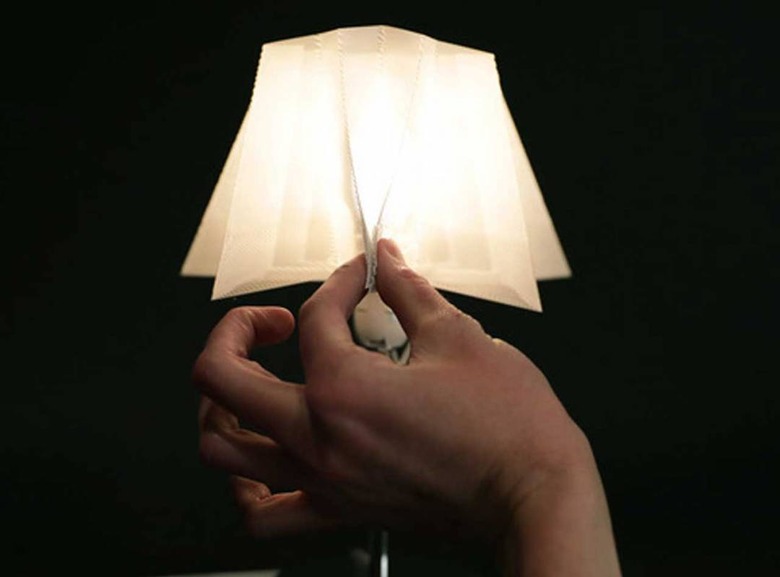MIT researcher creates DefeXtiles textile by harnessing a common 3D printing defect
3D printers are exact and are a fantastic way to print complicated parts that couldn't be built otherwise. However, sometimes 3D printers make mistakes by extruding too much material, too little, or putting material in the wrong spot. Researchers at MIT have harnessed a common 3D printer defect to create a new textile called DefeXtiles.DefeXtiles is a tulle-like textile created by MIT graduate student Jack Forman created by controlling the under-extrusion of polymer filament, which is a common defect. For those who aren't familiar with textiles, tulle is a lightweight, very fine, stiff netting made of various types of fiber often used to make veils, gowns, and ballet tutus. Forman used a standard, cheap 3D printer to create the new textile to produce sheets and complex 3D geometries with a woven-like structure using the "glob-stretch" pattern created during under-extrusion.

The flexible sheets were printed into an interactive lampshade, full-sized skirts, and a massive roll of fabric long enough to span a baseball diamond. DefeXtiles is expected to be useful in prototyping and customizing fashion design, but there are other potential future applications for the material. Forman believes applications could include 3D-printed surgical mesh with tunable mechanical properties, among other items.
DefeXtiles requires no custom software or hardware and a cheap $250 3D printer making the textile accessible to millions of people. Forman experimented with 3D printing and was inspired by a friend from Carnegie Mellon University that used under-extruded filaments to produce vases.
When 3D printers under-extrude material, it produces periodic gaps in the deposited material. Forman developed the "glob-stretch" process where globs of thermoplastic polymer are connected by fine strands to create a flexible, stretchy textile like a woven fabric. He also notes the textile is better and faster to print than other approaches, but the complexity of demonstrator forms is improved. The textile can be sewn, de-pleated, and heat-bonded like an iron-on patch.
